In a former bank in a parade of shops in the Melbourne suburb of Ripponlea is Attica, where Ben Shewry (originally from New Zealand) has headed the kitchen since 2005. There was an emphasis, far from common in Australian chefs at the time of writing, on local ingredients, including the foraging that is all the rage these days in Europe. After training at the Roxburgh Bistro in Wellington, in his early career Ben developed an interest in Thai food, based on a short one month stint with David Thompson at Nahm in London in 2002. However Ben has developed his own cooking style since then, and you won't see any pad Thai on the menu these days. He uses the latest modern kitchen techniques and equipment as well as caring about ingredient sourcing, which extends to churning his own butter in the kitchen.
The compact dining room (a maximum of 60 diners can be seated at one time) was simply decorated, with black walls and white tablecloths, the only obvious decoration in the room a display of flowers. The format was a tasting menu at AUD 160, with wine pairing available at an extra AUD 110.
The 20 page wine list started at AUD 38, and included wines such as JJ Prum Kabinett 2009 at AUD 85 (£55) for a wine that you can pick up on a UK high street for AUD 23 (£15), Chateau Chasse Spleen 2005 at AUD 150 (£96) compared to a UK retail price of AUD 47 (£30), up to wines like Yarra Yerring dry red number 1 2000 at a steep AUD 270 (£173) compared to a UK shop price of around AUD 52 (£34), and Torbreck The Factor 2006 at AUD 248 (£161) for a wine you can purchase for AUD 102 (£66). The bread offered was organic wattle seed bread, baked from scratch on the premises.
The meal began with a pair of mussels flash fried for 20 seconds with a coating of rye starch, garnished with a local foraged herb called pig face. The starch coating was a good idea, giving a more interesting texture to the mussels (16/20).
Crystal Bay prawns were served raw (seasoned with mirin and lime), along with Jerusalem artichoke juice, mustard oil and mustard seeds, black radish and sour clover leaves. This dish worked very well, the mustard lifting the taste of the prawns, the hint of lime and the leaves balancing the prawn nicely (17/20).
Next was snow crab from Western Australia served within a mound of horseradish powder, puffed rice, small pieces of lettuce and bar berries (which are a bit like sour red currants). The crab's delicate flavour was not overwhelmed by the horseradish, as it so easily could have been, instead the heat of the horseradish just enough to enhance the crab (17/20).
This was followed by marron (crayfish) tail that had been poached with a glaze of chorizo and prosciutto, served with leek and egg yolk emulsion topped with leek ash, and garnished with wild garlic and cabbage flowers. The crayfish was carefully cooked and the meat glaze and earthy notes of the ash resulted in a complex but harmonious dish (17/20).
Next was a potato cooked for five hours in the earth in which it had been grown, served on a bed of smoked goat curd, fresh ground coffee, ash from the husk of ground coconut and salt bush berries. The slow cooking of the potato yielded an unusual texture, still slightly firm but soft as you tasted it, while the coffee was not intrusive as I worried that it might be (16/20).
This was followed by the meat (abductor muscle) of a pearl oyster, with salted pig tail, dehydrated onion, red radish, stem of broccolini, watermelon rind and a glaze of shiitake mushrooms. This odd-sounding combination worked surprisingly well, the oyster meat having a texture reminiscent of abalone, the pig tail having good flavour: surf and turf never used to be like this (16/20).
My favourite dish of the night was raw chestnuts with celeriac baked in salt, a soft egg yolk, chestnut puree, almonds cooked in brown butter with garlic and spring onion; a thin cheese sauce (from a Tasmanian cheddar called pyengaba) was poured over the dish at the table. The combination of crunchy texture and earthy taste of the chestnuts and the richness of the cheese sauce worked really well (18/20).
The last savoury course was beef tongue from a black Angus cow, the tongue poached and then hot smoked, with a mulled wine reduction, parsnip puree, stems of pickled cos lettuce, with strips of crisp dehydrated wagyu beef, the tongue garnished with chervil, chives and myrtus (berries also known as Chilean guava). The tongue was certainly tender and the beef crisp gave texture balance, but I found the smokiness a little strong (15/20).
Winter apples (pink lady apples) were compressed in Granny Smith apple juice and served with apple brandy cream, jelly of vanilla bean and avocado oil, with crisp grape leaves. The latter had been stained, some with beetroot, some with fig. The dish was completed with grated freeze-dried apple, Turkish tea powder, distilled apple juice, garnished with wild cherry blossoms. Although a complex dish, the numerous elements never detracted from the central apple taste, while the mix of textures was appealing (17/20).
Mandarin oranges (from Western Australia) were marinated in honeydew honey (from New Zealand), served with a cream of sweet caramelised wine, with mandarin crisps. Again the design of the dish was good, but in this case I thought the mandarins themselves were somewhat lacking in flavour (16/20).
With coffee came a little bit of theatre in the form of an "egg" of white chocolate and salted caramel designed to resemble the egg of a New Zealand bird called pukeko, served in a next of grass. The white chocolate and salted caramel itself was excellent (17/20).
The bill for one person was AUD 275 (£176) with a bottle of excellent German Riesling. I was intrigued by this meal. When I read the menu it seemed over-elaborate and theatrical, but in reality the elements of the dishes worked well together, each bringing something to the party. Above all the chef had not forgotten that the dishes actually need to taste nice, something that seems to have eluded many less talented chefs who work with such modern menus. He is someone who has developed a unique style and retained a distinct sense of a cuisine based around native ingredients.

-
 egg and cheese
egg and cheese

-
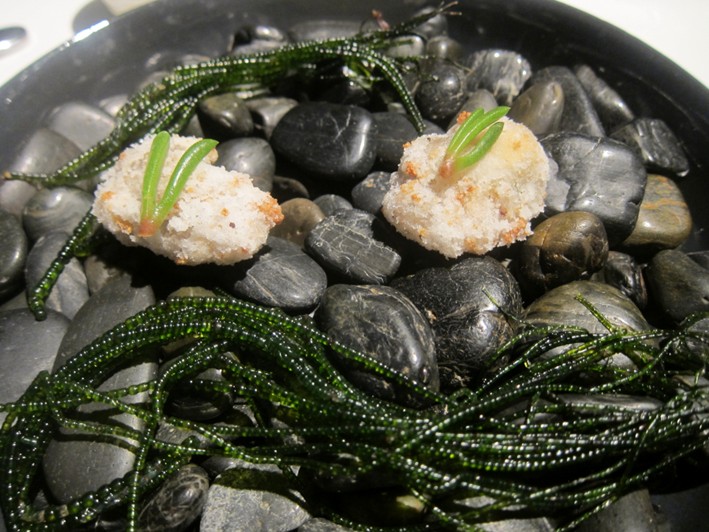 fried mussels
fried mussels

-
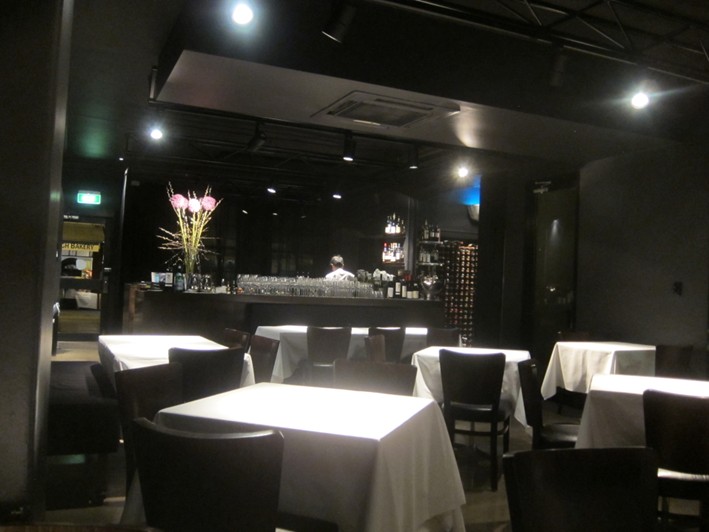 room
room

-
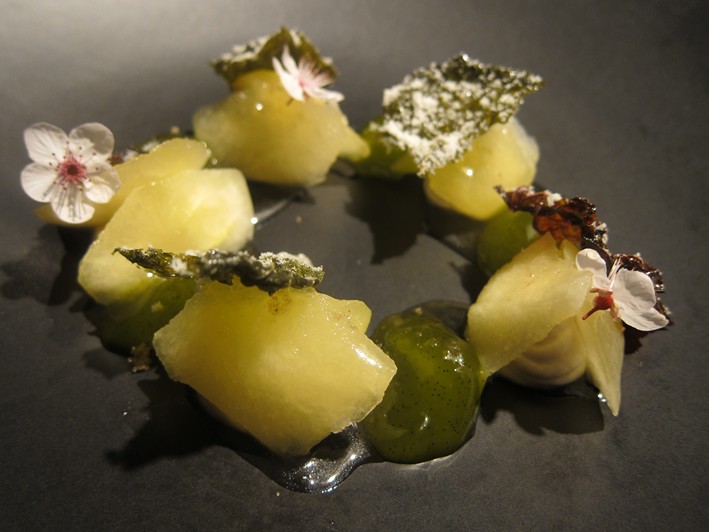 apples
apples

-
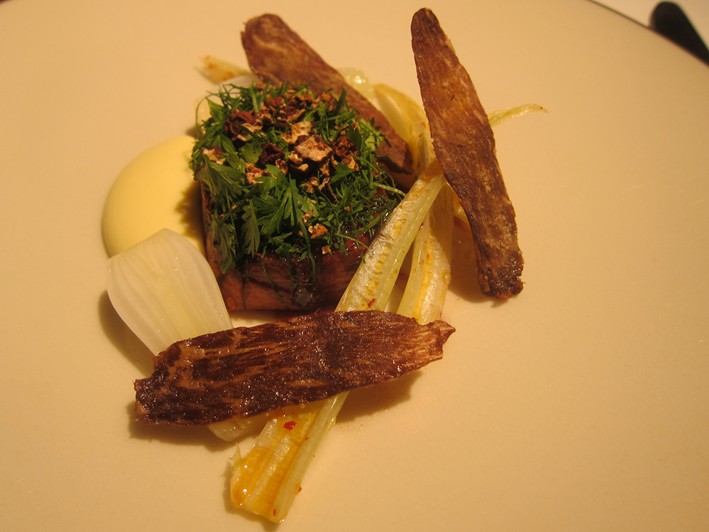 beef tongue
beef tongue

-
 ben shewry
ben shewry

-
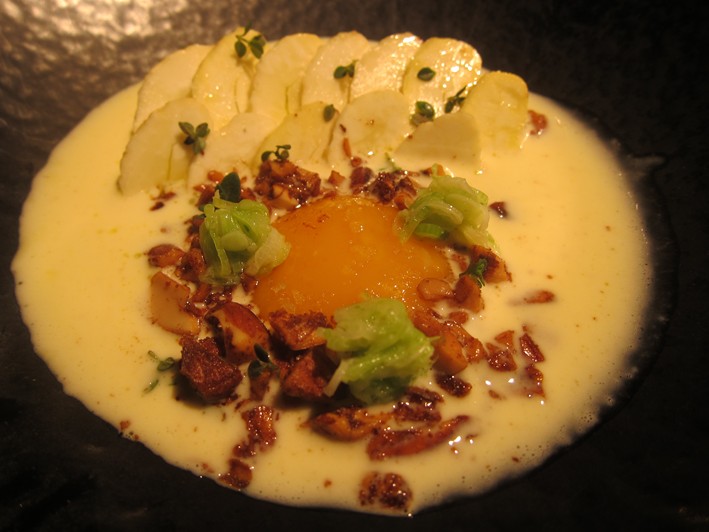 chestnuts with egg and cheese
chestnuts with egg and cheese

-
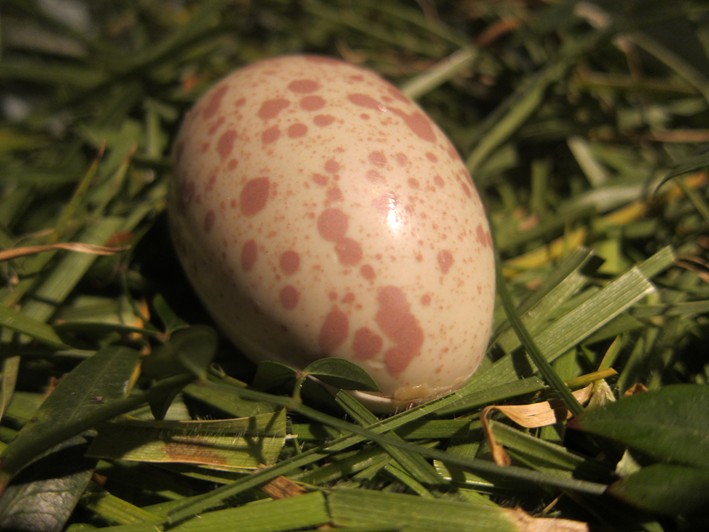 chocolate egg
chocolate egg

-
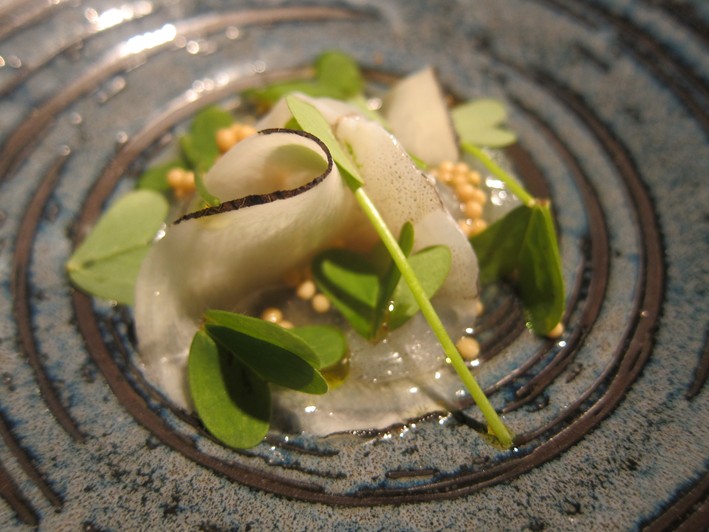 crystal bay prawns
crystal bay prawns

-
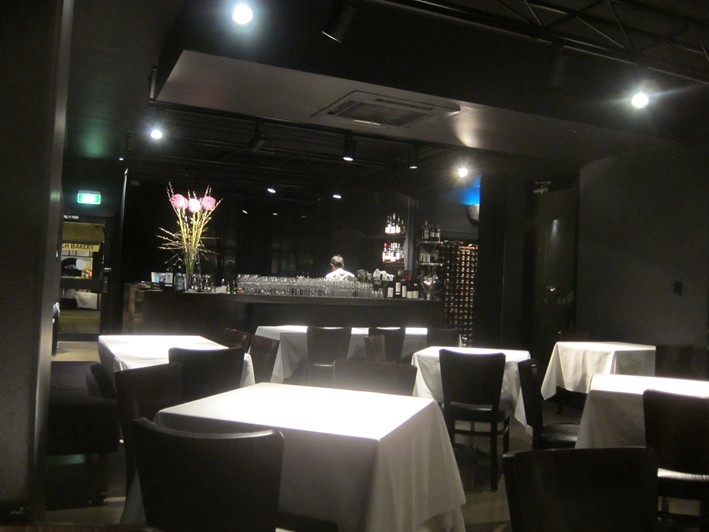 dining room
dining room

-
 exterior
exterior

-
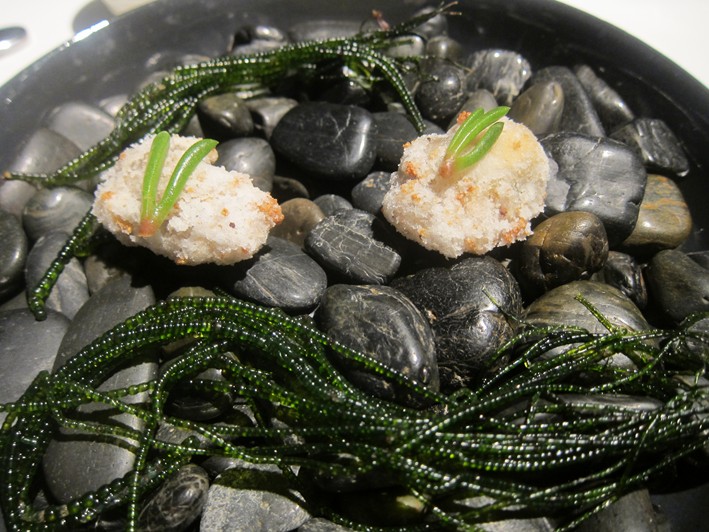 flash fried mussels
flash fried mussels

-
 mandarins
mandarins

-
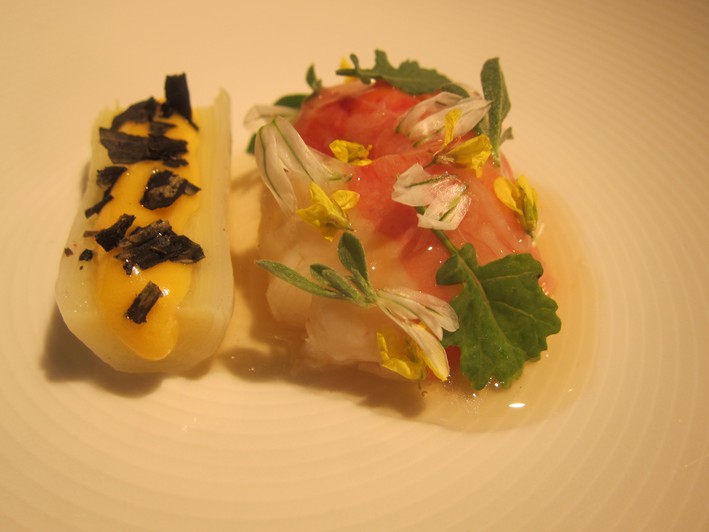 marron tail
marron tail

-
 pearl oyster meat
pearl oyster meat

-
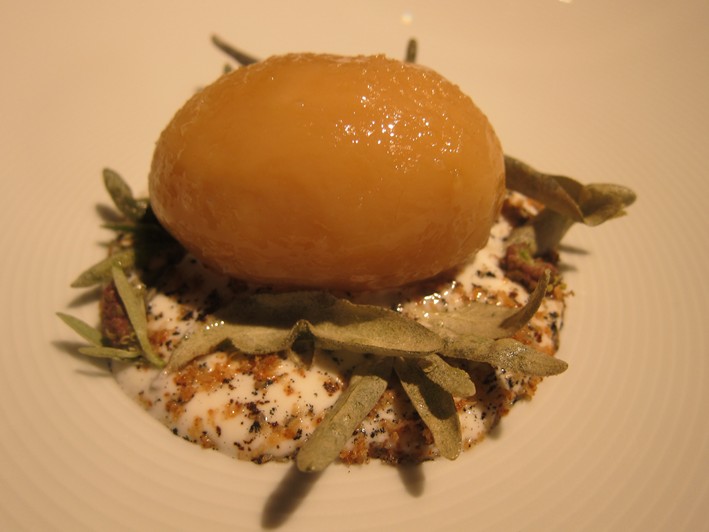 slow cooked potato
slow cooked potato

-
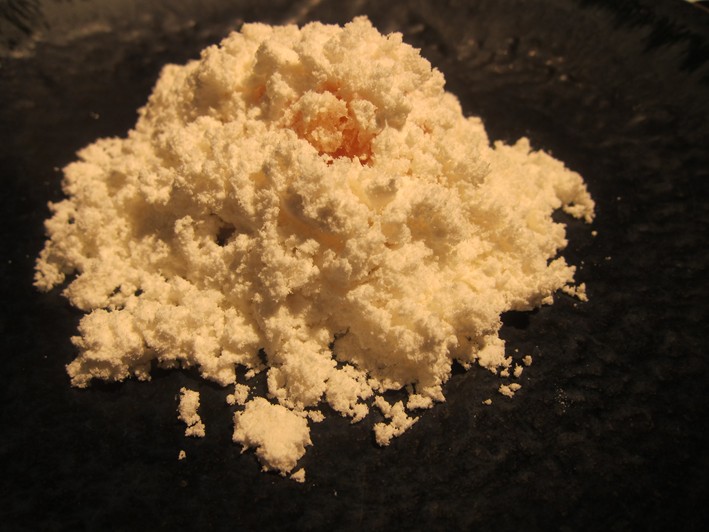 snow crab
snow crab

Australian cuisine
 Average Price £135
Price I paid £176
Value for money
££££££
Overall rating 17/20
Average Price £135
Price I paid £176
Value for money
££££££
Overall rating 17/20

The type of cuisine served at this restaurant
Typical price for three courses and modest wine
What I actually paid on this particular visit
Calculated from overall rating/average price: £££££ is best, £ least good
Score for the food from 1 to 20, with 20 being world class
Add a comment
User comments
×
![]()


















ERIC
Glad to see you in our neck of the woods, Andy. I do hope that spud wasn't cooked in the ear it was grown, but the earth! My mum used to say I could grow tatties in my ears...I guess I didn't realise the potential. And that lovely Tassie cheese is Pyengana. You should get into some King Island cheeses and cream too...delicious. And Tassie honey (Golden Nectar Leatherwood, Miellerie etc). Good hunting.